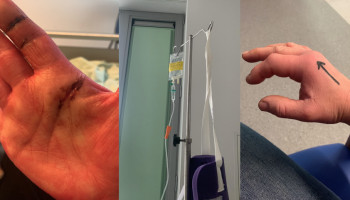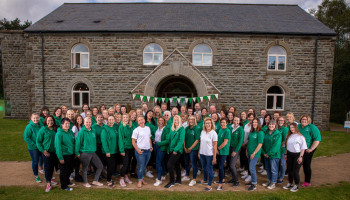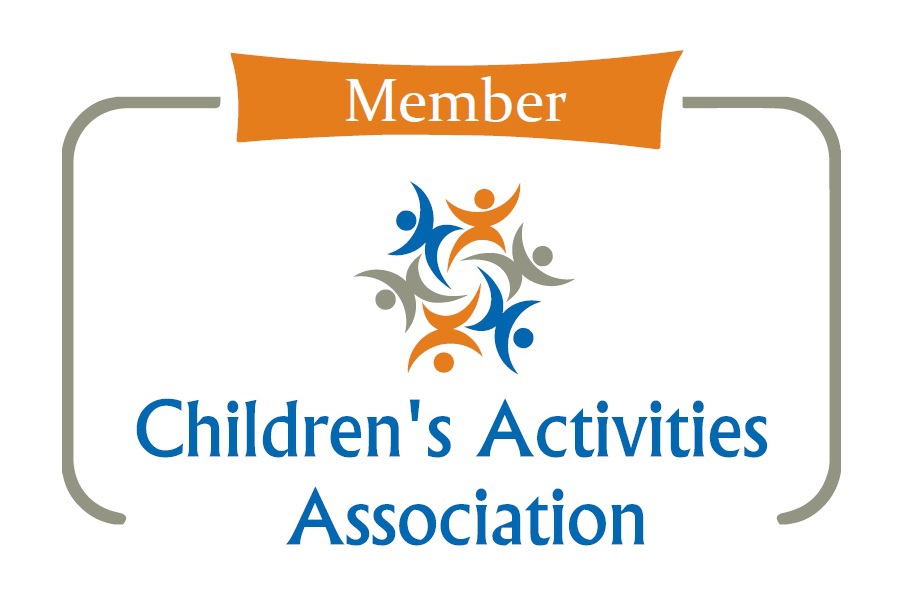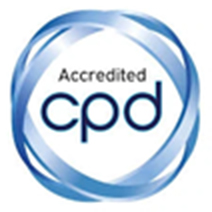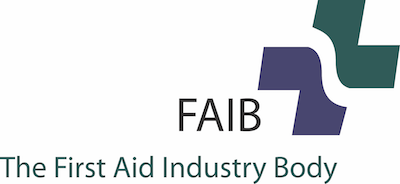Choking is a major concern for parents. In a recent Mini First Aid survey, over 60% told us that choking is their number one fear. This is a particular focus around the time you are weaning your baby.
Kate, our founder, with 6 children, certainly has had lots of hands-on experience with weaning! In this weeks’ blog Kate shares her top weaning tips and her crucial first aid choking prevention advice.
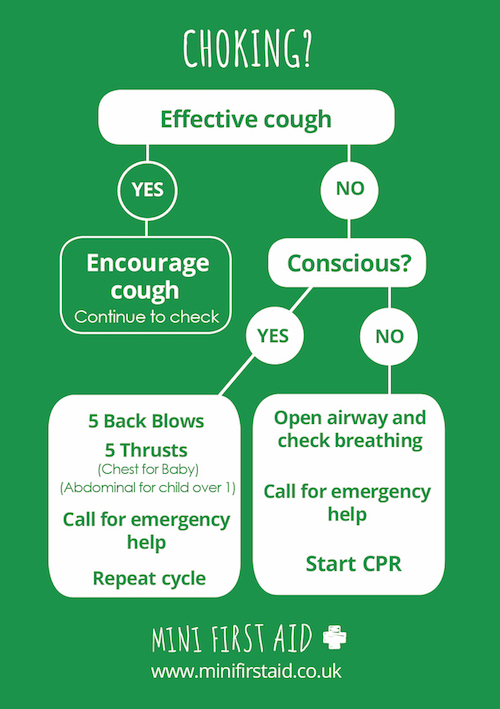
There are three big signs that you should look for when considering whether your baby is ready to start eating solids.
1) Sitting up. Ideally, babies should be able to sit independently, but if baby can sit steady in a supportive high chair AND they are six months and meet the other criteria, that’s fine too.
2) Bringing their hands to their mouths. Babies need to be able to pick up food and bring it to their mouth. You’ll probably see them doing this with their toys when they start to approach 6 months.
3) They need to have lost the ‘tongue thrust’ in order to swallow food. If babies are pushing food back out with their tongue, maybe hold on a little while longer.
There are a few things that are often seen as signs of readiness, but actually are probably not. People often think that babies are ready for weaning when they see babies grabbing at food and staring at people around the table. However, imagine a baby watching a table of people painting rather than eating… baby would still be staring and trying to grab the paintbrushes!
To keep babies safe, foods need to be ‘squishable’ between thumb and forefinger (so no raw apple or carrot) and need to be roughly ‘baby fist’ size or ‘chip’ sized. This is to enable babies to hold food securely and gnaw off what they can manage. Avoiding round or cubed pieces of food such as cubes of cheese and whole grapes is important too. A lot of people don’t realise that with babies, bigger pieces of food are so much safer and easier to manage than little chunks.
Mini First Aid’s ‘Sit, Chop, Chew’campaign helps families get in the mindset for safe eating.
‘Sit, Chop, Chew’ promotes the basic principles of SAFE EATING to families (both adults and children) to reduce the fear of choking and the number of choking incidents themselves. The campaign is supported by Dr. Jamie Cooper, Consultant in Emergency Medicine at Royal Aberdeen Children’s Hospital who is working to raise awareness about the risks of choking for young children.
Babies and children (and adults too) should all sit on their bottoms to eat. Moving around when eating puts little ones at higher risk of choking as it is harder to observe them when they are eating. Babies and children should never eat without adult supervision.
Food should be chopped (or broken) into safe manageable pieces as detailed above.
And chew– babies and children learn by watching others, so make sure you demonstrate that you are chewing your food (sometimes adults have a habit of not chewing and just shovelling!) Even without teeth, babies can mash chew soft food with their gums.
Dealing with choking.
It’s vital that all parents and carers know how to deal with a baby or child who is choking.
Choking child (aged 1 – puberty)
· Encourage child to cough.
· 5 back slaps between shoulder blades. Check if anything comes out & check mouth.
· Up to 5 abdominal thrusts. Clenched fist between tummy and breastbone, with other hand over the top. In & upwards motion. Check if anything comes out. If nothing has come out, call 999.
· Cycles of 5 back slaps & 5 abdominal thrusts.
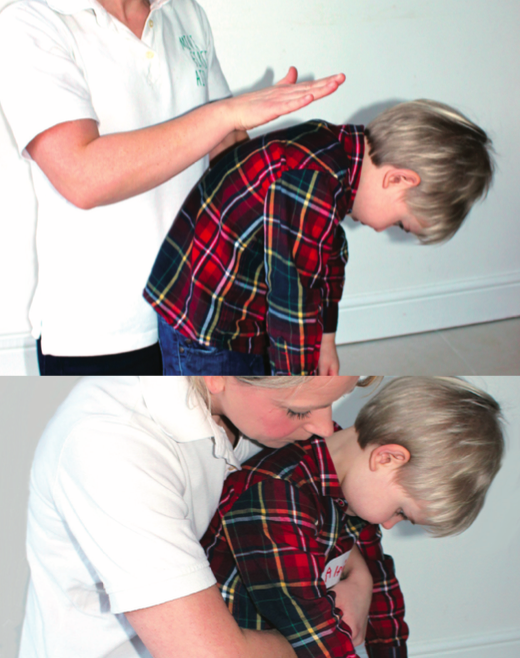
Choking Baby (aged 0-1)
· 5 back slaps.
· Up to 5 chest thrusts (jabbing motion). Check if anything comes out. If nothing has come out, call 999.
· Cycles of 5 back slaps & 5 chest thrusts.
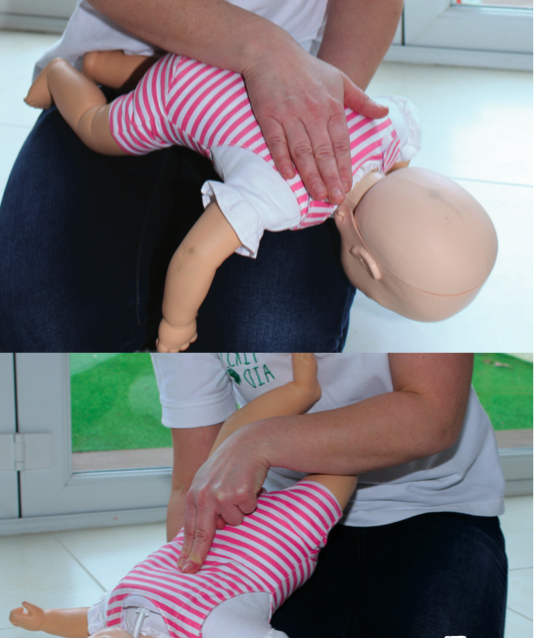
You must always refer to hospital any child or baby who has been choking and where abdominal manoeuvres have been used.
To book an online Mini First Aid course click on www.minifirstaid.co.uk


